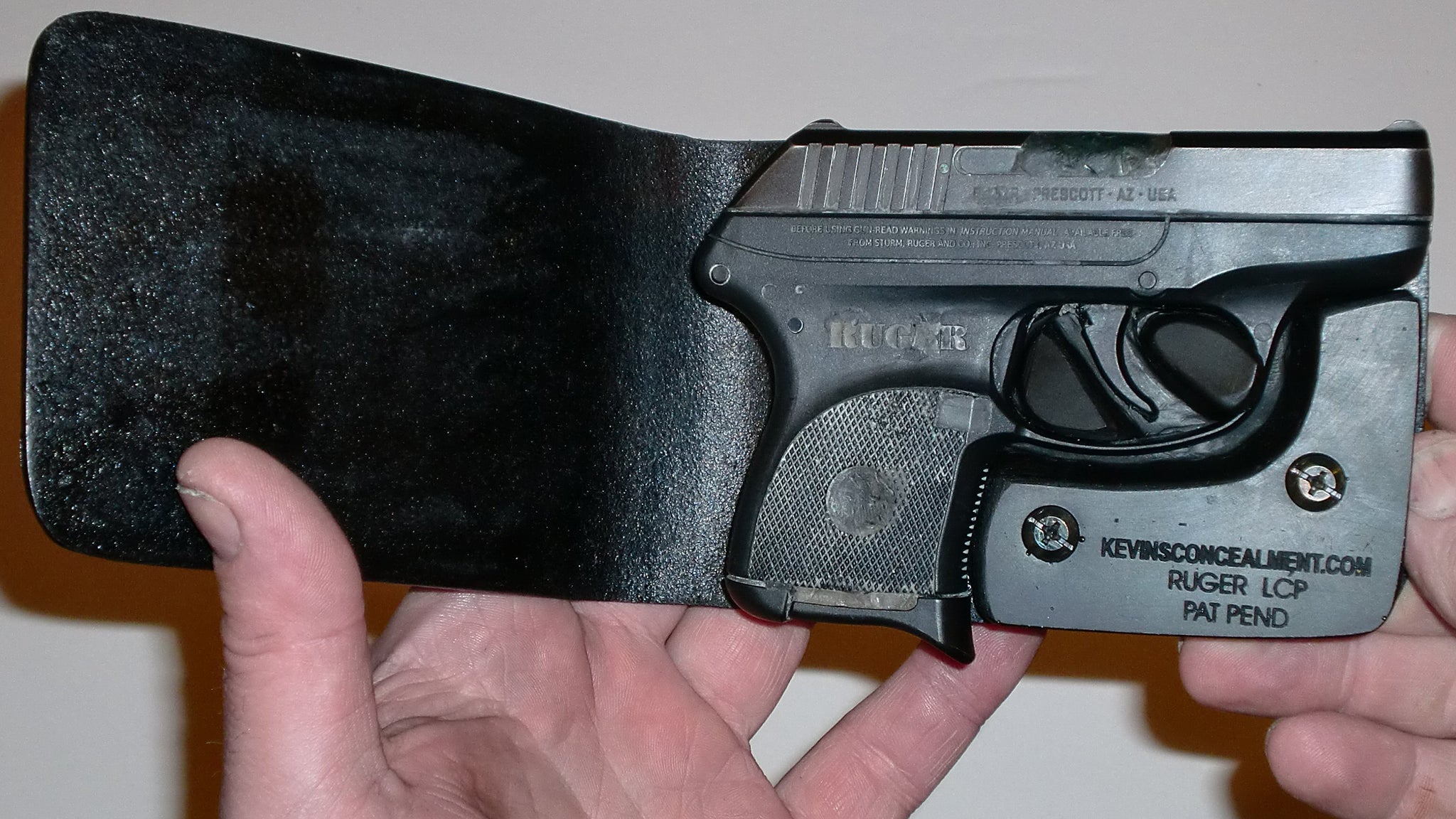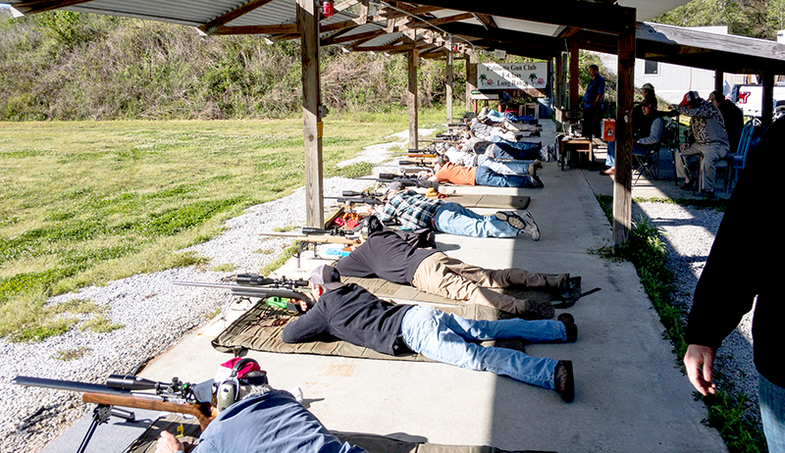
It is possible to tell which shot is best by comparing shots from the Winchester rifled Slug and the 223 Remington. While each cartridge has its own pros and cons the fundamental ounce of shot remains unchanged. But some people argue that the shot string is different. Some argue that the string has the same consistency, but this wouldn't be obvious to a patterning panel. The reason there is a difference between the two gauges of shot is because the shot is removed from the shell casing.
20 gauge
Recoil is the most important difference between 20-gauge and 12-gauge shotguns when it comes to hunting. For those who wish to improve their accuracy, the 20 gauge shotgun has less recoil. The smaller shells also allow for faster follow-up shots. Shooters who prefer the smaller gauge of the gun will also find it easier. The main benefits of using smaller gauges are listed below.
A 20 gauge shotgun is the best option for pheasants and other highland game birds. You're likely to ruin your meat if you hunt with a 12-gauge shotgun. The 20 gauge shotguns need a little more maintenance. Like any equipment piece, it is important that you follow the factory manual.

12 gauge
The difference in shot count between 12 gauge revolvers (20 gage) is the most important. While both bullet sizes are similar in velocity, a heavier bullet delivers more power at a target. Although a lighter bullet is easier on the hands, it is harder to carry and quicker to fire into action with a heavier gun. A good rule of thumb is to carry two different gauges to match your hunting style. Consider these factors before you decide which one to buy.
The 12-gauge, while more versatile and often used for hunting larger game species, is not as versatile or versatile as its counterpart the 20-gauge. The 12-gauge shotgun has a greater stopping power, and an extended range. The 20-gauge shotguns, however, are lighter and easier for hunters to use. A 20-gauge shotgun is easier to use than a 12-gauge one, and has a lower recoil.
Winchester rifled slug
There are many differences between the 20-gauge and 12-gauge rifled Slugs. Although the 12-gauge is smaller than the 20 gauge, it produces about 75 percent more lead. The difference is also in the recoil that you experience when you fire the weapon. The lower recoil allows you to line up your shot better. 20-gauge shells can be shot more accurately and are therefore easier to use.
The design is what makes the difference between these two types of slugs. The full-bore slugs don't have this feature, but rifled slugs have one. The former also has a stronger forward momentum, and doesn't spin. In this situation, the Winchester rifled can slug will be more accurate. It's recommended to hunt larger game as it has a greater muzzle velocity.

223 Remington
The difference between the two common shotguns is not so much a difference in power, but rather the way they shoot. The 20 gauge offers a much less powerful recoil, which is helpful for those with smaller hands or less experience. Shooters will be able to line up shots better and less likely to flinch due to the lower recoil. The 20 gauge also has a lower recoil which makes it more user-friendly and convenient for younger shooters.
Although both common shotgun ammunitions follow the same principle, they have distinct appearances and functionalities. Remington 20 gauge's chamber measures 2 3/4 inches and can hold 2 1/2 drams of powder. It is the same shot size as the 12 gauge at 7.62mm. The 20 gauge, unlike its 12 gauge counterpart, offers a remarkable range for medium-sized games. The 20 gauge's low recoil makes them an excellent hunting choice, suitable for all species of game, including varmints and upland birds. Remington still markets the ammunition as hunting ammunition.
FAQ
How much training is required to become a hunter. How long does it take?
A basic course is required to learn how hunt. This course teaches about different game species and provides information about hunting laws.
You will learn how firearms and ammunition should be handled. These instructions will help you safely use them.
This course can be completed in two weeks or three months. Some courses can be taken online. Some courses can be accessed online.
To qualify for a license, you must pass a written test. You might also need to prove that you have successfully completed a hunter education program.
What is the cost of getting licensed? What if I don’t make enough money?
It varies from one state to the next. The cost of licensing can range from $20 to more than $100.
You may be able apply for a loan or grant if money is tight.
To pay the tag fee, you must also pay the fee. Prices vary depending on which type of game is being hunted.
You can get tags for deer and elk, bear, bison, moose, waterfowls, upland birds, and furbearers such as foxes.
You may need to register with the Department of Natural Resources in some states before you can get a license.
Check local regulations before you go hunting.
Which part of the US is most popular for hunting?
Hunting is most popular among the Midwesters, who are used to living off the land.
Hunting is also very common in the Northeast, as many of those who live there were raised on hunting traditions.
For the big game, hunters travel from all parts of the country to visit these states.
Hunting is less prevalent in some areas of the country. This makes it less likely to support hunters.
Which state has more deer hunters than the other?
The state with the most deer hunters is Wyoming. It also has one of the highest numbers of hunting licenses that are sold each year.
South Dakota is the state with the most deer hunters. It ranks third for the number of hunting licenses sold each year.
New Hampshire is the state that has the lowest number deer hunters. It ranks last for the number of hunting permits per capita.
Statistics
- - Percent of residents with paid hunting licenses: 0.7%- (stacker.com)
- Thanks to the 1937 Pittman-Robertson Act, an 11% excise tax was placed on the sale of firearms, which were then used for conservation. (stacker.com)
- Over the past 50 years, the number of hunting licenses in California has been on a rapid decline, falling 70% from more than 760,000 in the 1970s to under 268,000 in 2020—even as the state's population has skyrocketed, according to The Mercury News. (stacker.com)
- Licenses dropped from a peak of roughly 17 million in the 1980s to 15 million in 2019, according to The Seattle Times. (stacker.com)
External Links
How To
How to make a Deer Blind
A deer blind is an example of a hunting device that hides game animals such deer, elk and others. The deer blind is a small enclosure of canvas or wood, often covered with leaves and branches. The hunter will hide inside the enclosure while he waits for his animal to pass. When hunting at nights, the hunter will often use a deerblind.
There are many options for deer blinds. Some blinds can be moved easily while others require a permanent structure. They are constructed of materials such as plywood and cardboard.
Box blinds are also known by the name box stands. These deer blinds consist of a wooden frame with a roof, walls and roof. Because they are simple to build and easy to transport, boxes are extremely popular.
Another type of deer blind is a tree stand. Tree stands can be made natural to appear natural, so people won't suspect that they are there. Most tree stands can be permanently attached to trees.
Ground blinds can also be used, which are very similar to tree stands, but are built into the ground. Ground blinds can be camouflaged using grass, dirt or rocks. Ground blinds are sometimes referred to as "ground boxes."
You can hunt with a blind deer hunting in many different ways. One way is to sit still and wait for the animal to approach. Another way is to move around and try to scare the animal away. If you decide to use this method, be sure to keep your distance and not move too fast. This could cause the animal to believe you are a predator and make them run.
You will need to locate a spot where you can use the blind. You should pick a place where the wind won't blow your scent toward the animal. Avoid hiking areas.
Make sure that you are able to set up your deer blind correctly. Otherwise, the animal will see you and run away.